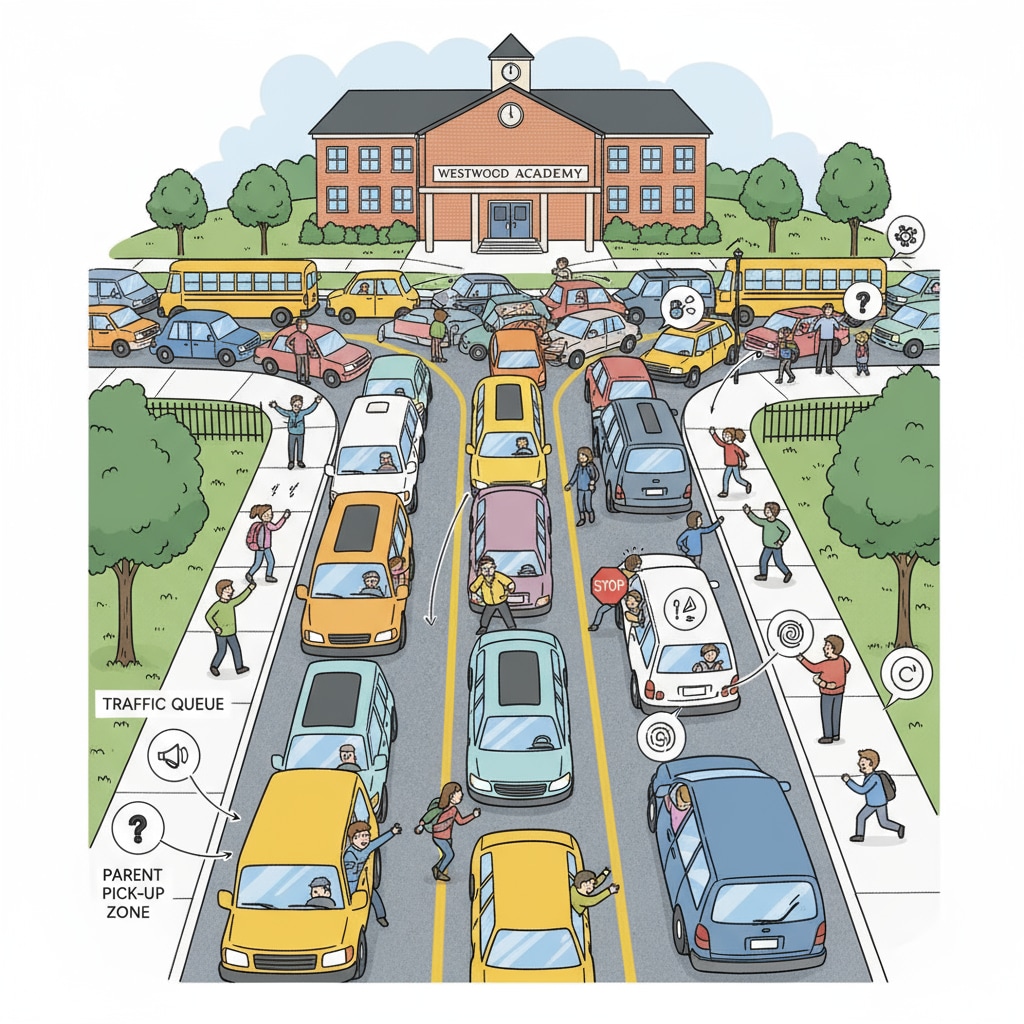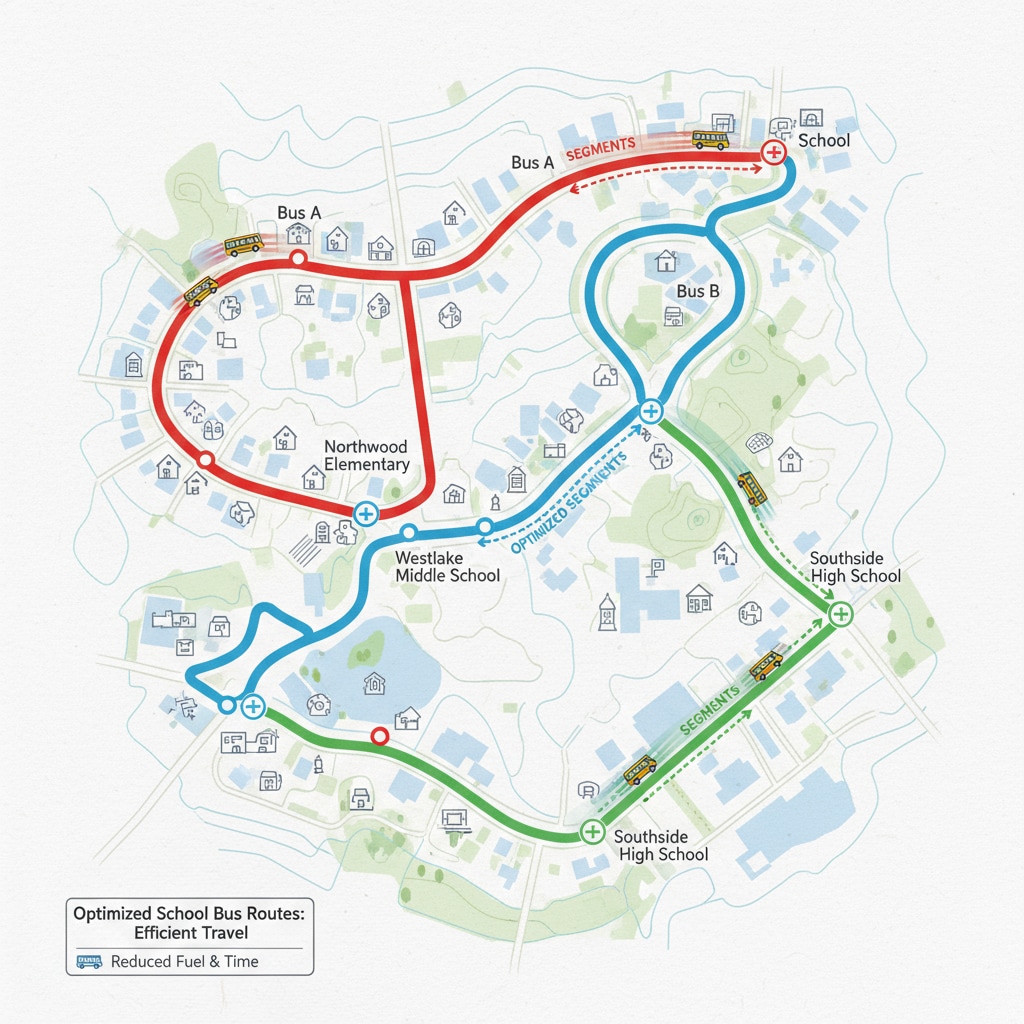School drop-off and pick-up, traffic congestion, and the school bus system are significant concerns in small town schools. Every day, the areas around schools become chaotic during drop-off and pick-up times, causing headaches for parents, students, and school staff. This inefficiency not only wastes time but also poses potential safety risks.

The Root Causes of Traffic Congestion
One of the main reasons for the traffic congestion is the lack of proper planning in the school bus system. In many small towns, the routes of school buses are not optimized. Buses may take circuitous routes, leading to longer travel times and more stops. For example, buses might pass through areas with heavy traffic during peak hours instead of taking alternative routes. Additionally, the limited infrastructure around schools also contributes to the problem. Narrow roads and insufficient parking spaces make it difficult for parents to drop off or pick up their children quickly. As a result, cars often queue up, blocking traffic flow. Traffic congestion on Wikipedia
Optimizing the School Bus Routes
To improve the situation, optimizing school bus routes is crucial. School authorities should collaborate with transportation departments to analyze traffic patterns and population distribution. By using modern mapping tools and data analysis, they can design more efficient routes. For instance, buses can be arranged to pick up students from centralized locations, reducing the number of stops. This will not only save time but also reduce the impact on traffic. Moreover, adjusting the bus schedules according to traffic peak hours can also help. Buses can start earlier or later to avoid the most congested times.

Implementing Staggered Pick-up and Drop-off
In addition to optimizing bus routes, implementing staggered pick-up and drop-off times can significantly alleviate traffic congestion. Schools can divide students into different groups based on grade levels or other criteria. Each group will have a specific pick-up and drop-off time. This way, the number of vehicles arriving and leaving the school at the same time is reduced. For example, primary school students can have an earlier pick-up time compared to middle school students. This simple measure can spread out the traffic flow and make the whole process more orderly. Transportation planning on Britannica
Finally, building an intelligent scheduling platform can further enhance the efficiency of the school drop-off and pick-up system. This platform can integrate real-time traffic information, bus locations, and student attendance data. Parents can receive notifications about the arrival time of buses and any changes in the schedule. This transparency can help parents better plan their time and reduce unnecessary waiting. In conclusion, by addressing these aspects related to school drop-off and pick-up, traffic congestion, and the school bus system, small town schools can create a more efficient and safe transportation environment. Readability guidance: The article uses short paragraphs to clearly present the problems and solutions. Each section focuses on a key aspect of improving school transportation. Transition words are used to connect ideas, and external links provide additional information for readers to explore further.


